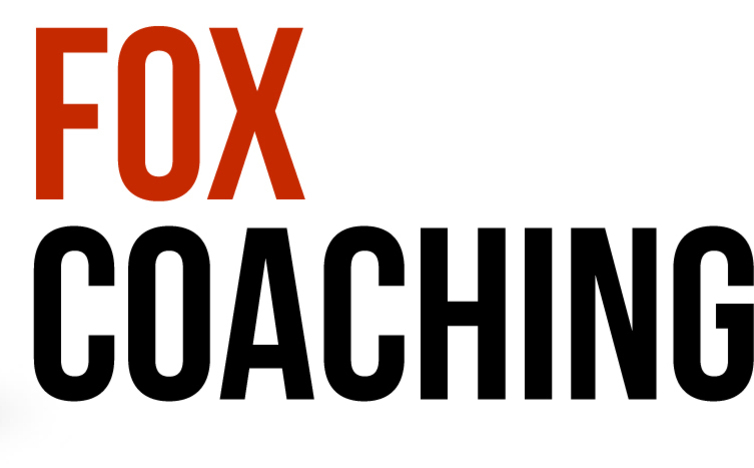Positioning for Success: The Secret Sauce of Marketing Mastery
Posted on 2nd August 2023 at 14:21
In the whimsical world of "Alice in Wonderland," Alice once found herself at a crossroads, utterly perplexed about which path to take. When she sought guidance from the enigmatic Cheshire Cat, their exchange went something like this:
Alice: "Which path should I take?"
Cheshire Cat: "Where do you want to go?"
Alice: "I don't really know."
Cheshire Cat: "Then it really doesn't matter which way you go, does it?"
This exchange serves as a profound analogy for the state of marketing communications in many companies today. Without a clear direction or focus, businesses often resemble multi-headed creatures, spewing messages from various mouths, yet saying nothing of substance and ultimately going nowhere. And then, they wonder why their efforts fall short.
Enter the hero of effective marketing communications: The Positioning Statement. In the words of Lewis Carroll's Cheshire Cat, "Where do you want to go?" Your positioning statement defines that path, giving your business direction and purpose.
A well-crafted positioning statement isn't just a tagline or a catchy phrase; it's the compass that guides your marketing efforts. It should answer seven crucial questions:
1. Who you are (the business).
2. What business you're in.
3. Who you are in business for (your target audience).
4. What the market you serve needs.
5. Who your competition is.
6. What sets your business apart from the competition.
7. What unique benefits customers derive from your products or services.
Surprisingly, not all companies have a clear and unanimous understanding of these fundamental aspects. In fact, some struggle even to find the answers.
It's crucial to distinguish between a positioning statement and a market position. A position is how your audience perceives you, while a positioning statement is how you aspire to be perceived. Remember, you can't simply declare your position; it's what the market believes you stand for.
So, how can you set your communications program on the right path? Start by creating a clear, defensible, and differentiated positioning statement, supported by key messages to guide your communication efforts. This process often requires introspection, selling the idea to your team, and building consensus.
Here's a step-by-step process to help you develop your company's positioning statement and key messages:
1. Gather the Right Information: Review the seven questions your positioning statement must answer, and make sure you have access to essential business and marketing plans.
2. Involve the Right People: Enlist key individuals within your company who are deeply involved in core activities and communication roles. Get their buy-in and commitment.
3. Foster the Right Thinking: Encourage your team to read books like "Positioning - The Battle for Your Mind" by Trout and Reis to gain valuable insights into the subject. Outline the expected outcomes and benefits of consensus-building.
4. Generate Ideas: Hold a collaborative session to uncover issues, differences of opinion, and competitive insights. Use customer surveys for an outside-in perspective. Encourage open dialogue and consider external facilitation.
5. Challenge Their Thinking: Emphasize the importance of differentiation and narrowing your focus, rather than broadening it. Look for realistic differentiators beyond just pricing.
6. Play it Back: Summarize the ideas and develop a proposed positioning statement and key messages. Distribute these for review before the next meeting.
7. Refinement and Agreement: In the second session, refine and agree upon one positioning statement and a limited set of key messages. Drive consensus and avoid endless iterations.
Once you have your positioning statement, actively apply it to all your communications – from marketing materials to sales content and websites. Make sure everything aligns with your desired positioning.
Keep in mind that this process may need periodic revisions to reflect changes in the market or your company's goals. Remember, the goal is to create clarity, consistency, and continuity in your communications, resulting in more effective marketing.
In the end, a well-crafted positioning statement can be your guiding light in the complex world of marketing, helping your business find its way and connect with its audience more effectively. So, like Alice, when your path is clear, you'll be well on your way to achieving your marketing goals.
🌟Elevate Your Business: Unlock Insights, Achieve Success🌟
Ready to take your business to the next level? 🚀
Discover where your focus should be to supercharge your success! 🌟
Take our quick 3-minute survey and receive a FREE tailored PDF report with expert feedback. 🔍
Don't wait – start your journey to growth with confidence now! 📈
Take the Next Level Assessment today! 📊
Wondering about the effectiveness of your marketing strategies? 📊
Take the Business Marketing Test to gauge your performance against your competition! 🏆
Once you've assessed your score, reach out to us for a FREE business coaching session. Learn how to transform your marketing expenses into guaranteed results! 🚀
Unlock marketing success today! 📈 Contact us now! 💼
Ready to uncover your business's strengths and weaknesses? 📈
Get the 6 Steps Scorecard and gain valuable insights into your performance in key areas! 🌟
Receive an overall score and individual scores for each of the 6 steps. 📊
Start optimising your business today! 🚀
Share this post:





